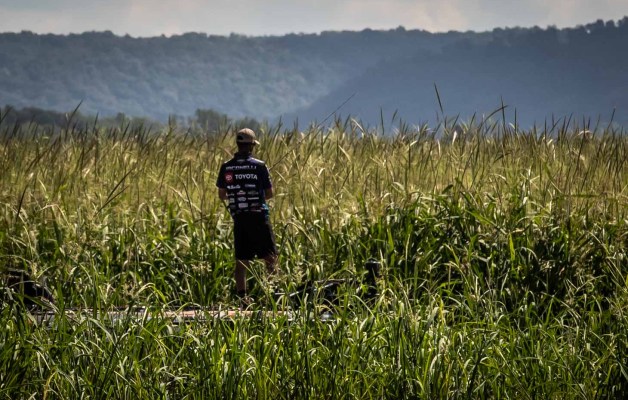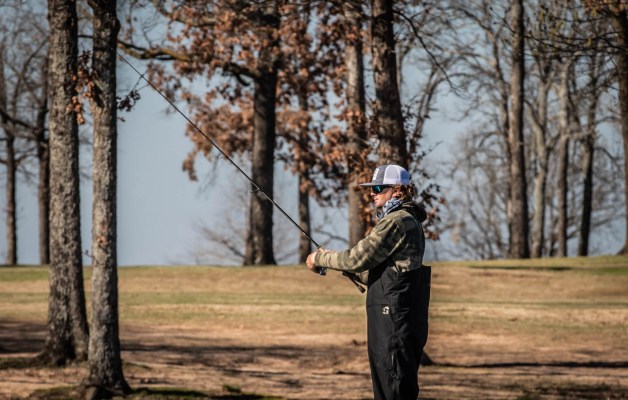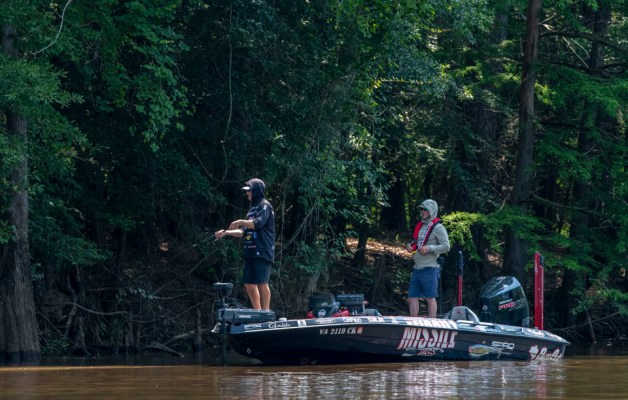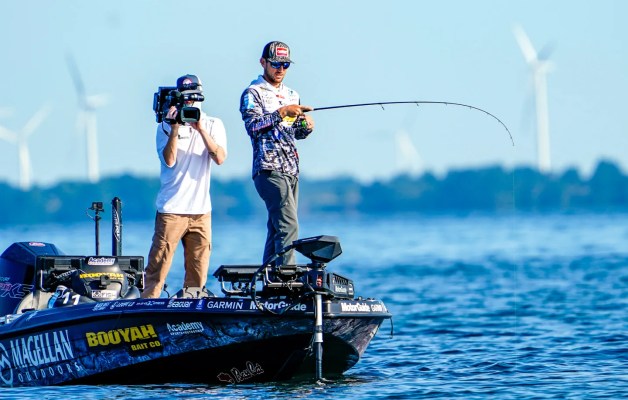It’s not quite late winter or early spring yet but there are some things you can do right now to get ready and take advantage of some of the best flipping and pitching bass fishing has to offer when it does roll around. Do these things and your catch will really increase next year.
The first thing you want to do is get your tackle in good working order. Begin by checking your rod over carefully. Pay particular attention to the tip. That’s where flipping and pitching takes its biggest toll. Make sure the rod blank is good — no nicks or stress cracks — and then check the tip guide. If anything needs repaired or replacing do it now.
The next thing I do is clean, oil and grease my reels. The obvious reason for this is to make them last longer. Good reels aren’t cheap. But another reason is to make them perform better. You’ll get more distance and better accuracy from a properly maintained reel. I use the Ardent kits for my reel work. They have everything in them that you’ll need and the products are first-class.
Once my rods and reels are in good shape I respool all my line. In my case I pretty much know where I’ll be fishing so I know what I want to use. Most of you can do the same thing. If you want to save some money use backing on your reels and then just put as much high-quality line on them as you think you’ll need. That makes changing it much less expensive.
Now it’s time to turn your attention to your flipping and pitching lures. Make sure they’re all in good shape. Sharpen or replace any hooks that need it and replace skirts and trailers as you see fit. This is also a good time to review what’s in your boat. Pack what you need but don’t go crazy. If you haven’t used a bait in a year or more maybe it’s time to move it to the garage.
The final step is practice, and I mean get serious about it. Do it several times a week — the right way — for as long as it takes for you to improve.
Do not set a target up 20 or 30 feet away and flip or pitch to it until you can hit it every time. That might make you feel good about yourself but it won’t do much to help you once you’re on the water. Instead, move your targets and move where you flip or pitch from. That’ll give you different distances and different angles. That’s what you’ll encounter on the water so it’s the way you should practice.
If you want to get really creative, practice right-handed and left-handed. You’d be surprised at how handy that can be when you’re in a real-world fishing scenario. And, don’t use the same lure all the time. Vary the size and weight of your lures so that when it counts you can place the lure you need where you need it.
Next time we’ll go catch ‘em!





